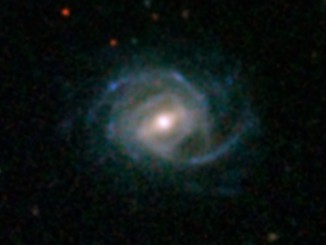The Spitzer Space Telescope, one of NASA’s four “Great Observatories,” will be retired \this week after more than 16 years capturing stunning infrared views of the universe. One of the telescope’s first targets after launch in 2003 was the Tarantula Nebula in the Large Magellanic Cloud, a spectacular assembly of gas, dust, embedded star clusters and stellar nurseries that have helped astronomers learn more about star formation rates and evolution. Spitzer captured fresh images of the Tarantula last year, a fitting bookend to the observatory’s career. “I think we chose the Tarantula Nebula as one of our first targets because we knew it would demonstrate the breadth of Spitzer’s capabilities,” said Spitzer project scientist Michael Werner. “That region has a lot of interesting dust structures and a lot of star formation happening, and those are both areas where infrared observatories can see a lot of things that you can’t see in other wavelengths.”





